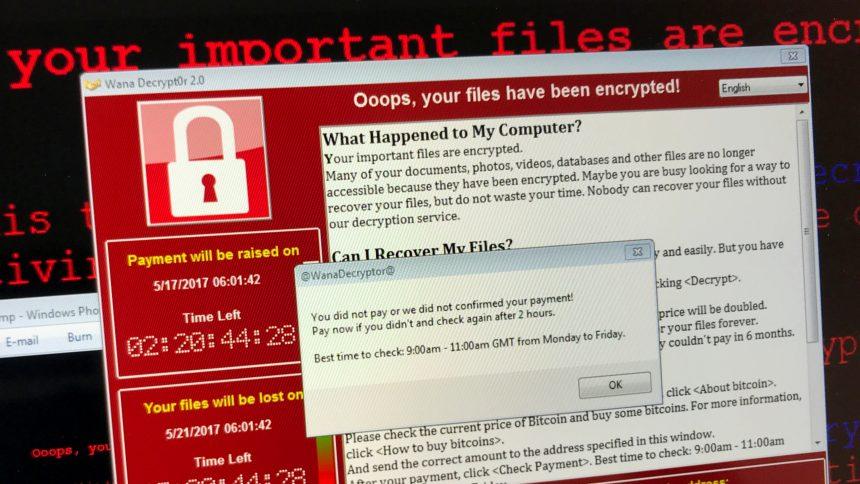POWD Ransomware is another variant of the notorious STOP/Djvu Ransomware family. Like other associated strains of this malware group, this version also locks critical files and then demands a ransom fee to restore file access. Ransomware infections like POWD Ransomware tend to come via spam email attachments and third-party software distribution pages. If you tend to download freeware or pirated apps distributed via torrent or cracked software sites, you may end up installing this threat.
POWD Ransomware locks popular file types, including photos, music, documents, and videos. During the file encryption process, the malware adds the .POWD extension to affected files and leaves a ransom note on the user’s desktop and in every folder that contains encrypted files.
Unfortunately, an online decryption tool that can unlock encrypted files is not currently available. The only reliable way to recover infected files is to restore them from a backup. Victims can also attempt to use alternative data recovery options, but there is no guarantee that alternative data recovery tools will be able to unlock all the encrypted files.
Once downloaded and installed, POWD Ransomware employs the AES encryption algorithm to lock up target files. It then demands a ransom in exchange for the decryption key. The decryption key costs $980, but the ransomware’s operators will offer a 50% discount, and only charge $490, if the victim contacts them within the first 72 hours after infection.
The hackers can be contacted at restorealldata@firemail.cc and support@fishmail.top. We discourage establishing contact with the hackers however, as there is no guarantee that they will provide decryption tools after payment or even communicate with you.
How Do I Deal with the POWD Ransomware Infection?
To protect yourself from the POWD Ransomware attack, you should practice safe web browsing habits like refraining from opening email attachments from unknown senders and downloading programs from unreliable sources. You should also have a reputable malware remediation tool installed on your computer. That way, you can regularly scan for elements associated with this troublesome ransomware infection and other malware. Also, to reduce the potential damage of a potential ransomware infection, please consider backing up your files on an external hard drive or cloud storage.





